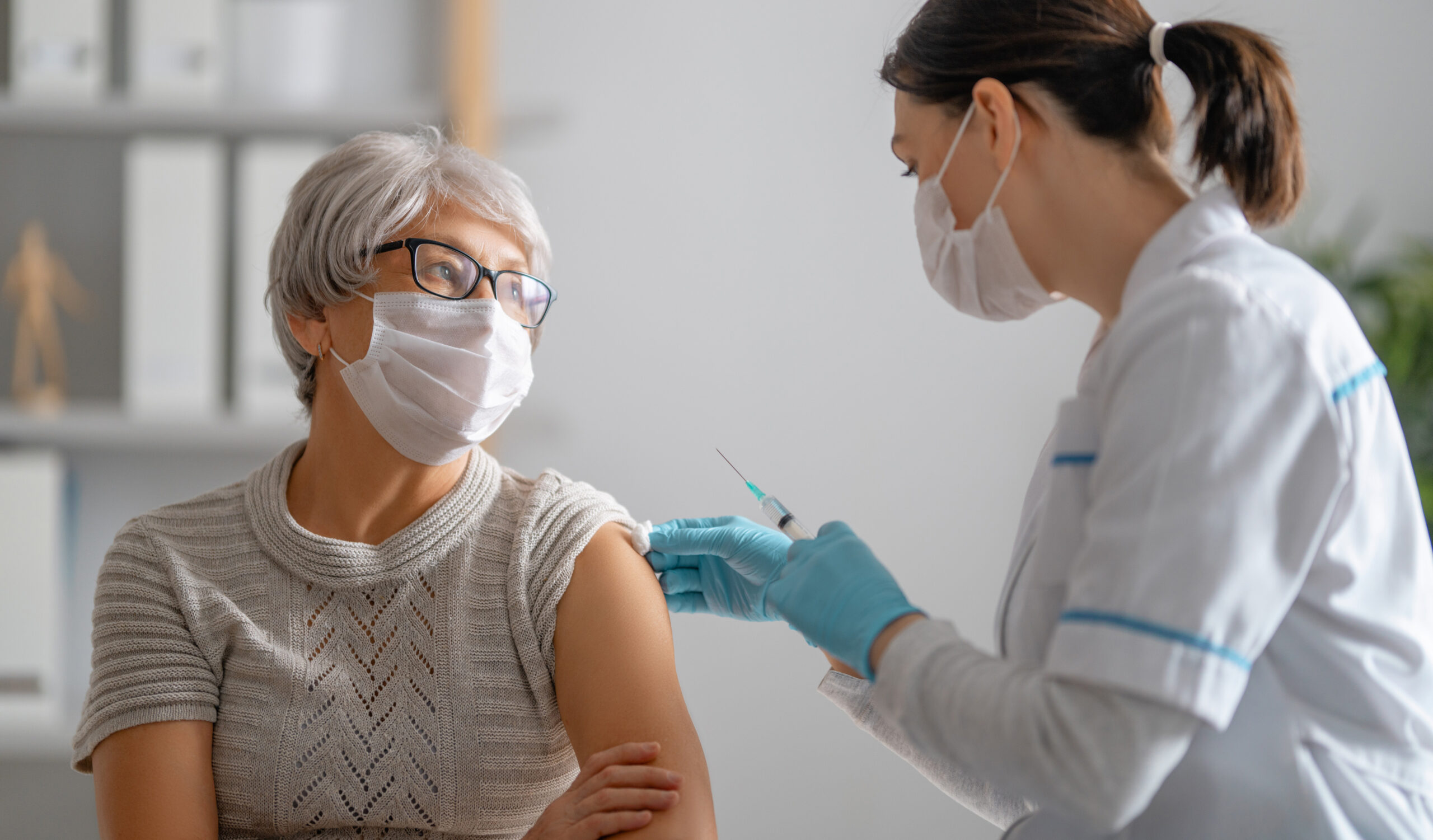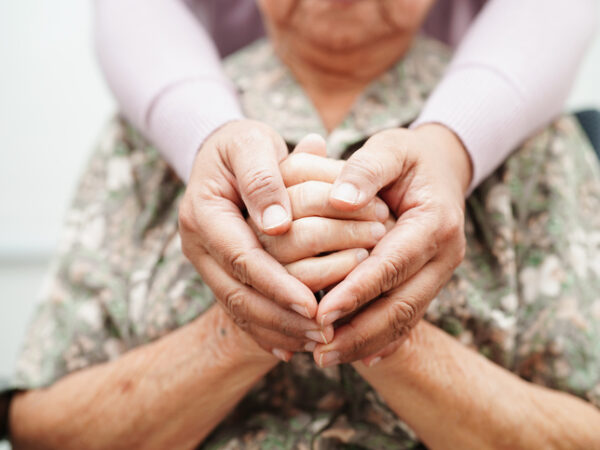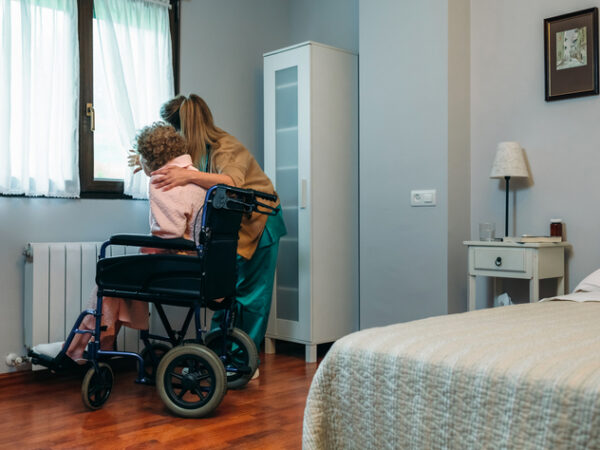Steadily growing numbers of seniors are receiving their first and second COVID-19 vaccines, although, for some in rural or isolated areas or who don’t have someone to help them navigate online registration, the immunization rollout has eluded them. Family caregivers who may not meet the criteria for the first and second wave of vaccines are frequently left worrying about what will happen to their loved ones should they become ill.
According to a recent Kaiser Health News report, unpaid and informal caregivers who look after the personal health and well-being of elderly family members are not often afforded the same access to the novel coronavirus vaccine that paid aides receive. Yet with a rapidly aging population, the healthcare system relies heavily on family carers who shoulder a significant portion of the cost and workload of keeping older adults at home and out of long-term care facilities.
Being a caregiver for a loved one at home is already a stressful and demanding role, exacerbated greatly by the isolation and health worries of a global pandemic. Elderly adults in nursing homes, along with essential healthcare workers, have been among the first to receive their COVID vaccines, but large numbers of vulnerable seniors living in the community and their primary caregivers may have been left out of the first round of shots.
To help reach family caregivers as well as their older loved ones, more state and provinces have adjusted qualifications for top-tier vaccinations to include older and family caregivers. Because an estimated 53 million Americans are caregivers, helping meet the daily needs of older adults and people with disabilities, the importance of hands-on family caregivers has never been more essential, keeping untold numbers of elderly adults at home.
As vaccines become more available, more distribution centers are being set up to deliver immunizations to older adults and their caregivers, who are often over the age of 50 themselves. Continue to check in with your local health unit for updated information on how to sign up for a vaccine; distribution varies by state or province. It is expected that in most American states, older adults should be able to receive the vaccine within the first half of the year.
To learn more about the COVID vaccine by state, follow this link to the AARP website. For information on where to get vaccinated in Canada by province or territory, visit the Government of Canada COVID-10 Prevention and Risks site here.






Add Your Voice
0 Comments
Join the Discussion